SEARCHENGINES
Google Does Not Understand If Content Is Equivalent When In A Different Language
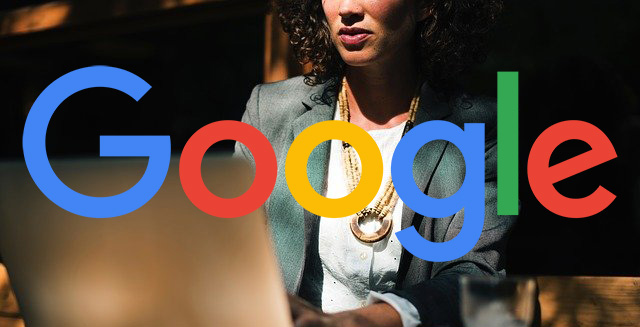
Google’s John Mueller said in an SEO hangout last Friday that it is impossible for Google to understand that one piece of content is equivalent to another piece of content when those content pieces are in different languages. So Google is basically trusting the hreflang attribute provided by publishers.
Google’s John Mueller was asked how does Google measure the similarity of pages at the 26:28 mark into this video. John said “we don’t.” Google just uses the “hreflang to understand which of these URLs are equivalent from your point of view and we will swap those out,” John said. John added “for hreflang, I think it’s impossible for us to understand that this specific content is equivalent for another country or another language.” John basically said Google cannot understand this.
Here is the transcript:
AUDIENCE: OK, so how does Google measure the similarity of pages?
JOHN MUELLER: I think we don’t. I think we basically use the hreflang to understand which of these URLs are equivalent from your point of view. And we will swap those out.
AUDIENCE: Oh, OK, so not from the content point of view, maybe some–
JOHN MUELLER: No.
AUDIENCE: — similar content.
JOHN MUELLER: No, I — we would only do that for things like the rel canonical to understand what the canonical URL is. But for hreflang, I think it’s impossible for us to understand that this specific content is equivalent for another country or another language. Like, there are so many local differences that are always possible.
Here is how Glenn Gabe summed it up:
More from @johnmu: But Google does try to understand the similarities between content for *canonicalization* (but that would be for the same language). For hreflang, that’s not happening when the pages are in another language: https://t.co/dB613YXJae pic.twitter.com/QLQHRG7mm0
— Glenn Gabe (@glenngabe) January 18, 2022
Here is the video embed:
Super interesting, which leads us to my next article which will be live in 10 minutes on why doesn’t Google use MUM for this understanding?
Forum discussion at Twitter.
SEARCHENGINES
Google Search Ranking Volatility, Site Reputation Abuse Enforcement, Pichai On Search Quality, HCU Recovery & More
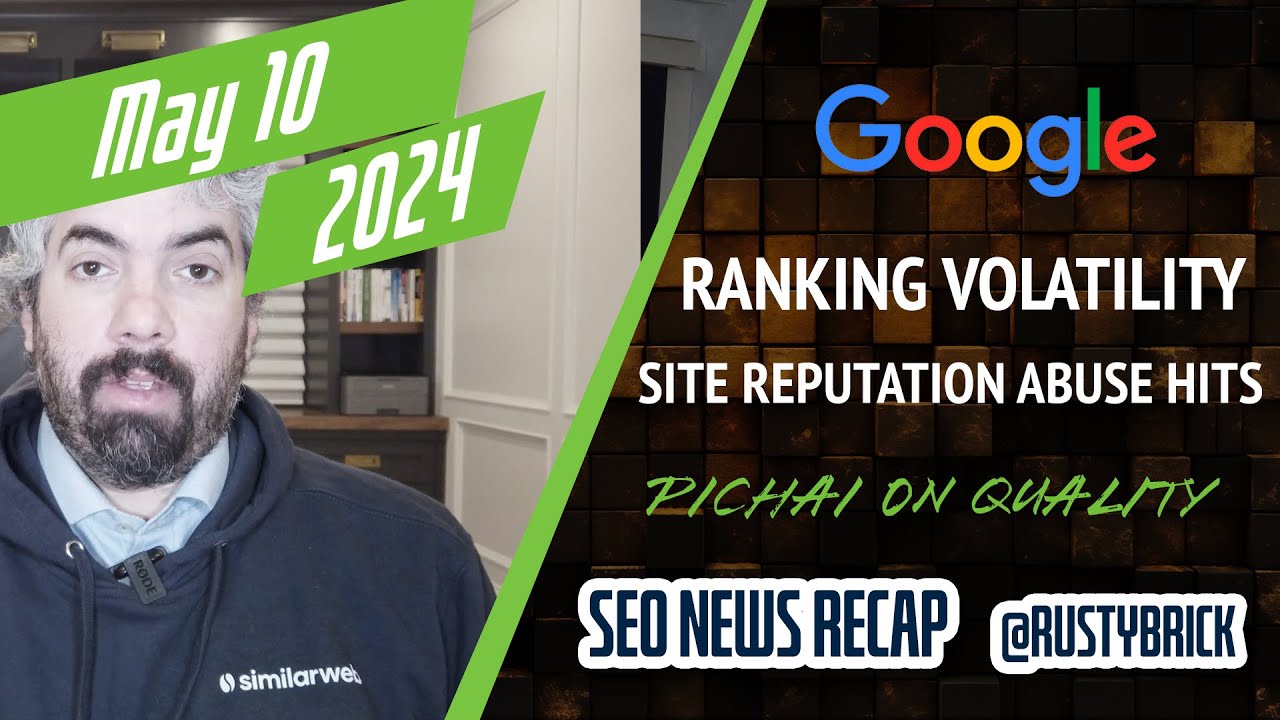
For the original iTunes version, click here.
Google may have had two search ranking algorithm updates, one around May 9th and one around May 3rd. Google began its site reputation abuse policy enforcement this week with manual actions, and it is not about linking. Google said sites may recover from the helpful content update. Sundar Pichai, Google’s CEO, responded to search quality issues in an interview. Google is now hiding the number of search results under the tools menu. Google will remove the disavow link tool at some point. Gemini stopped linking to sources. Google renamed AI Answers back to AI Overview. Google is testing a new Notes button in Search. Google SGE said you should drink urine to pass a kidney stone. Google has product review summary labels. Google may show searchers how many people purchased on your e-commerce site. Google Ads new Performance Max for marketplaces. Rumors of 25% of Google Ads accounts being audited are false. Bing is testing clearer distinctions between free and paid search results. Google LSAs ranking help document removed that proximity is used for ranking. Google Local Business Profiles is testing a new review listing. Google Search is testing showing only local results for near me queries. Google Analytics gained Google Ads conversion performance beta reporting. Statcounter said Google didn’t lose market share, it was a bug in the reporting. That was the search news this week at the Search Engine Roundtable.
Sponsored by Similarweb, the all-in-one- strategic SEO software. Get clarity of the SEO landscape through competitor analysis, keyword research, rank tracking, SERP insights and more. With industry-leading traffic and keyword data, based on real user journeys, Similarweb gives SEO professionals the whole picture so they can strategize smartly and drive sustainable business growth.
Make sure to subscribe to our video feed or subscribe directly on iTunes, Apple Podcasts, Spotify, Google Podcasts or your favorite podcast player to be notified of these updates and download the video in the background. Here is the YouTube version of the feed:
Search Topics of Discussion:
Please do subscribe on YouTube or subscribe via iTunes or on your favorite RSS reader. Don’t forget to comment below with the right answer and good luck!
SEARCHENGINES
Google Search Ranking Update Volatility On May 9
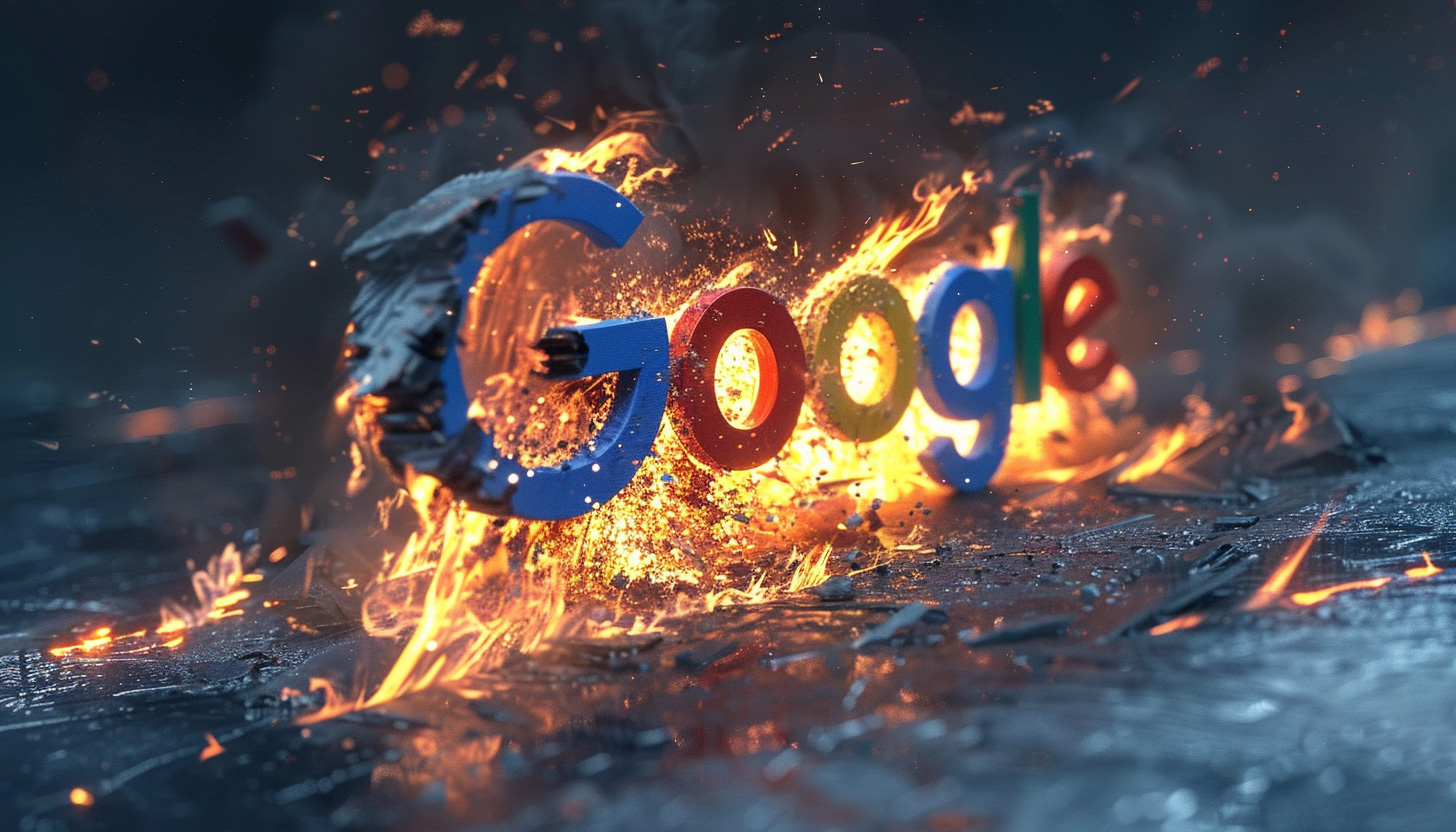
I am seeing signs of a possible Google search ranking update today, May 9th, between a spike in early chatter this morning within the SEO industry and many of the tools showing a significant lift in ranking volatility in the Google Search results.
As a reminder, the March 2024 core update started on March 5th and ended on April 19th, 45 days later. We then reported on ranking fluctuations both before April 25th (thinking it was the core update still) and also on May 3rd. And now we are seeing more ranking volatility on May 9th.
Google Tracking Tools
Let’s start with the tools, many of them are showing a spike in volatility this morning.
SEO Chatter
It is still early in the day but I am seeing a spike in chatter about Google Search ranking volatility and fluctuations this morning. Here are some quotes from WebmasterWorld, this site and social media:
I am watching my Matomo real-time stats, and it feels like Google is throttling traffic on and off, on and off.
I don’t know about you guys but in my niche, something definitely has changed since last night. It’s not your regular shuffling. It’s nothing major but I am seeing even more Reddit pages, even more thin discussions and expired auction pages ranking. I don’t know if Google is doing this in anticipation for ChatGPT’s search but they have changed something. Are you guys seeing anything? In my niche, something definitely happened.
Without giving away my niche, I am going to give you one example: allamaa dot sa. I have never ever seen this site rank for anything in my niche. Now it’s in top 4/5 position for a bunch of keywords starting last night.
I am noticing that after last night, seems Google has gotten even worse understanding intent. I search for something very specific, it is showing me pages with one word of what I searched for ranking in top 10. I am so done with this man.
Yes, I am 50% down again. ha ha (not that it matters, as from 25 to 12 or 10 I do not care)
The SERPs are 0 intent. In most searches I have no intent competition at all (maybe 1 or 2), and yet Google push me down to page 4, 5, 6, and what not. They rank just pure non related garbage.
Will Google announce an update? This is not a normal shuffle. I sense a change. Hard to explain but you can almost tell something is off even more than before. I really hate Google. I hate Google with a passion. I am now starting to hate their employees too. I know it’s not their fault but what they have done to businesses like mine is unforgivable. All for what? They were already making a lot of money.
All affected pages have continued to decline since March and are gradually disappearing completely from the top 30…It seems like she has a serious illness (HCU). I can no longer hear this drivel from Google about any site eventually recovering from HCU.
Yes maybe if you sold it, the contents were completely deleted and wasn’t used for a few years. Then it may be that it ranks again…
I only work with a handful of sites at a time. Two saw significant increases today. Tools are still catching up.
One example: household name eCommerce store in AU that’s a leader in their niche. Has had a gradual decline over the past 2 years, to a point where they barely… pic.twitter.com/wHtuhrgaja
— Brodie Clark (@brodieseo) May 9, 2024
What are you all seeing?
Forum discussion at WebmasterWorld.
SEARCHENGINES
Microsoft Testing Clear Distinction Between Free & Paid Search Results On Bing
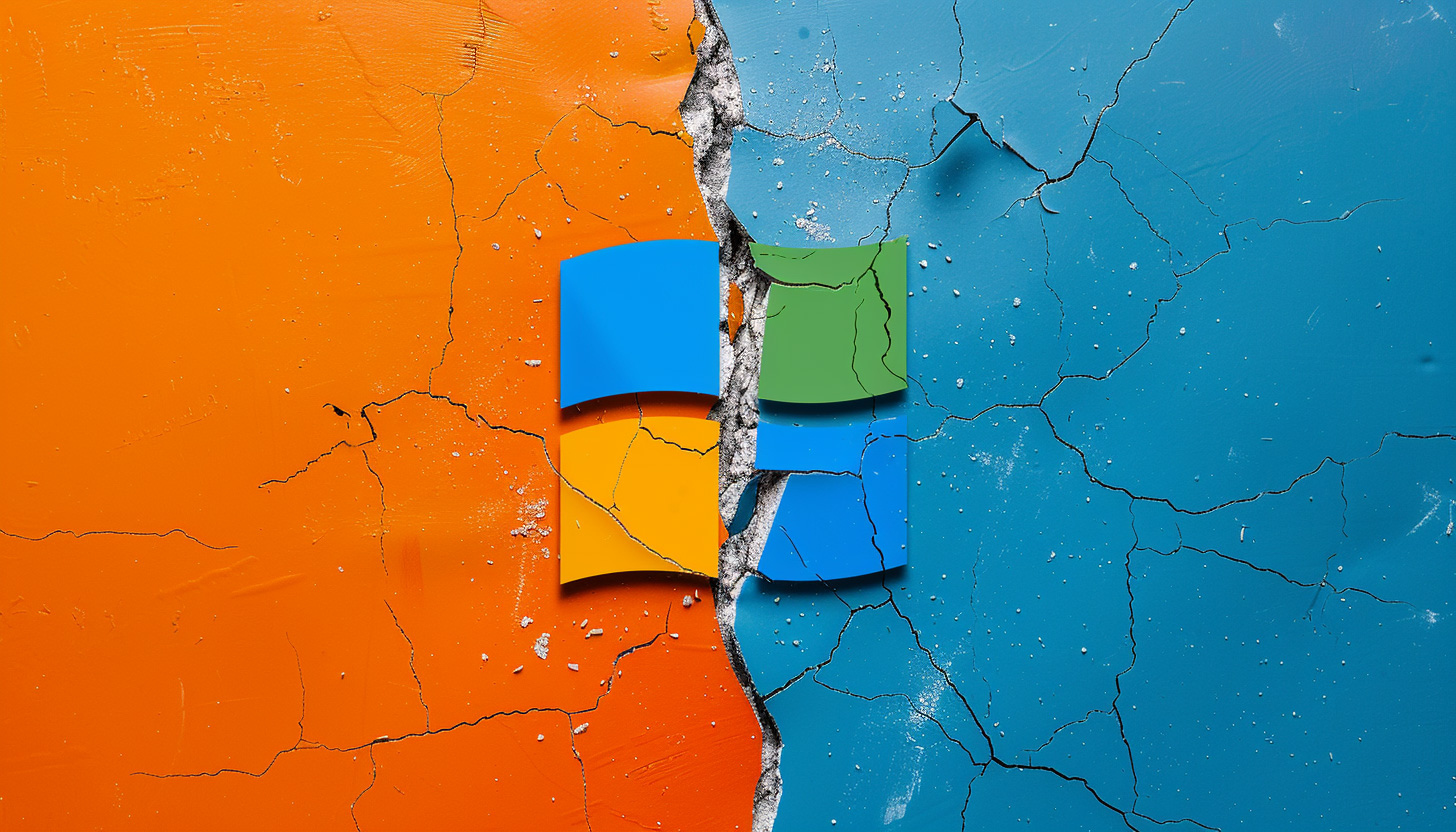
Microsoft’s disclosure of search ads on Bing has not been the greatest, honestly, in many cases, worse than Google’s disclosures. Recently, however, Bing has been testing a clearer distinction between its ads and organic free listings.
Frank Sandtmann spotted this and posted about it on Mastodon and after fiddling with it enough, I was able to replicate it.
Look at how the ads are in the white background and the free organic listings are in the gray background:
I wonder if this will go live or after Microsoft sees the results, they will go back to making the distinction between ads and free results almost impossible to see.
Frank posted more examples on Mastodon.
Forum discussion at Mastodon.
-

 MARKETING6 days ago
MARKETING6 days agoHow Tagging Strategies Transform Marketing Campaigns
-
SEARCHENGINES7 days ago
Daily Search Forum Recap: May 3, 2024
-

 MARKETING7 days ago
MARKETING7 days agoTinuiti Recognized in Forrester Report for Media Management Excellence
-
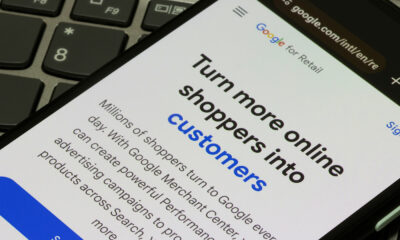
 SEO7 days ago
SEO7 days agoGoogle Performance Max For Marketplaces: Advertise Without A Website
-

 SEARCHENGINES5 days ago
SEARCHENGINES5 days agoThe Industry Mourns The Loss Of Mark Irvine
-

 MARKETING4 days ago
MARKETING4 days agoA Recap of Everything Marketers & Advertisers Need to Know
-

 MARKETING5 days ago
MARKETING5 days agoThe key to correcting the C-suite trust deficit
-

 SEO6 days ago
SEO6 days agoWhat Is Social Listening And How To Get Started


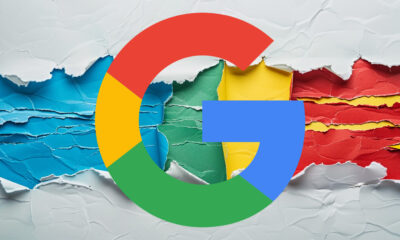





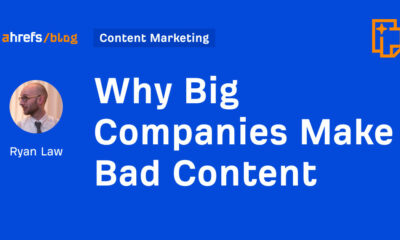

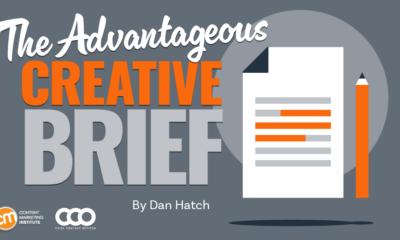



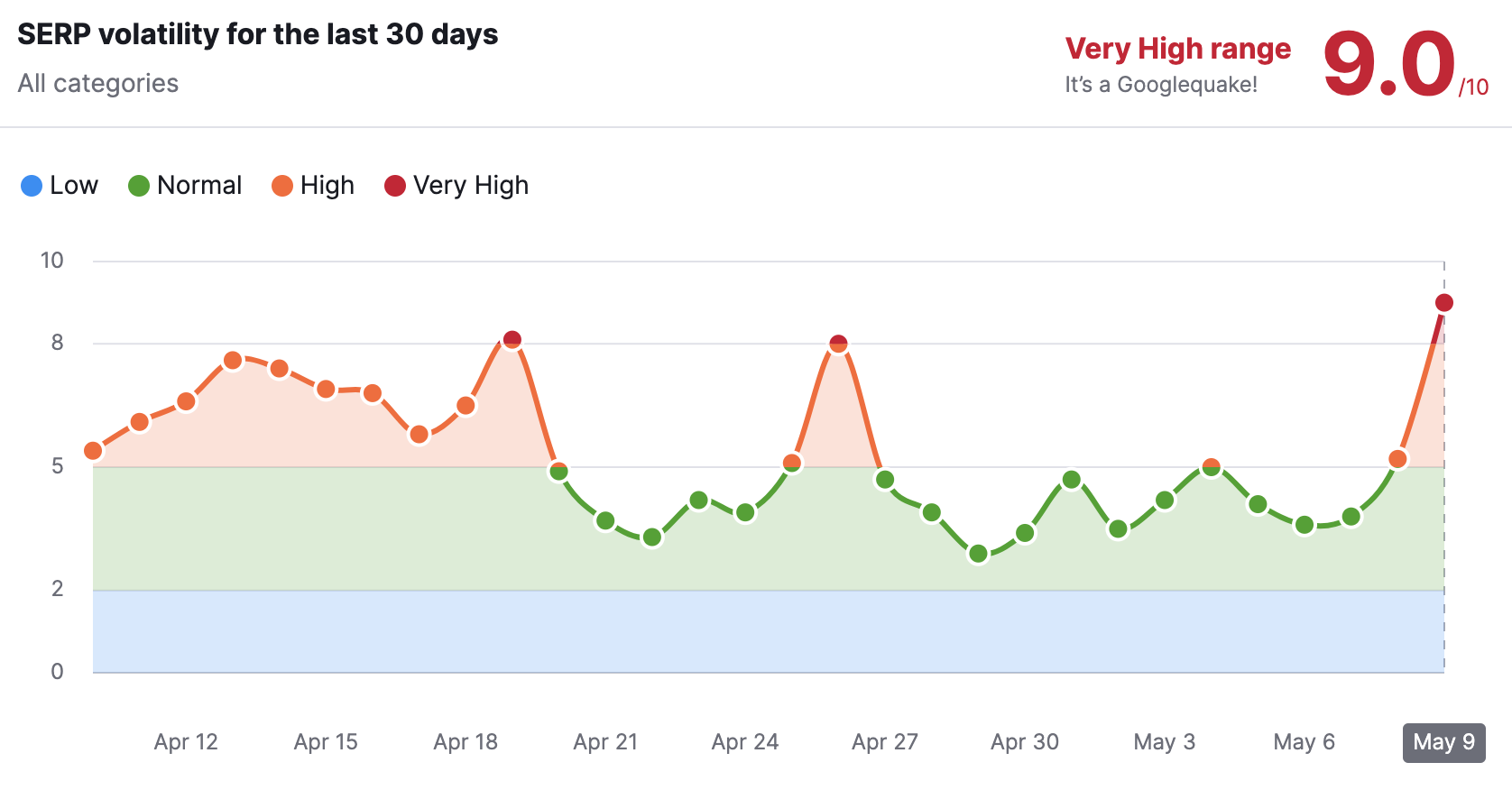

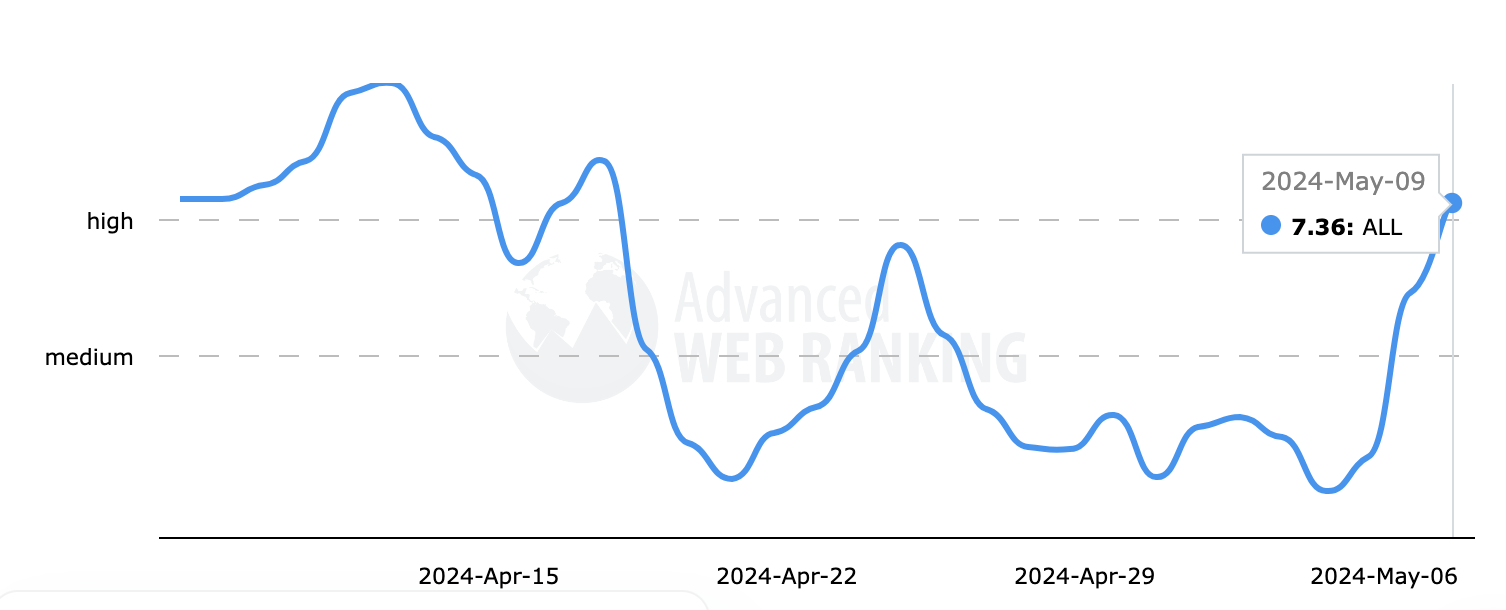
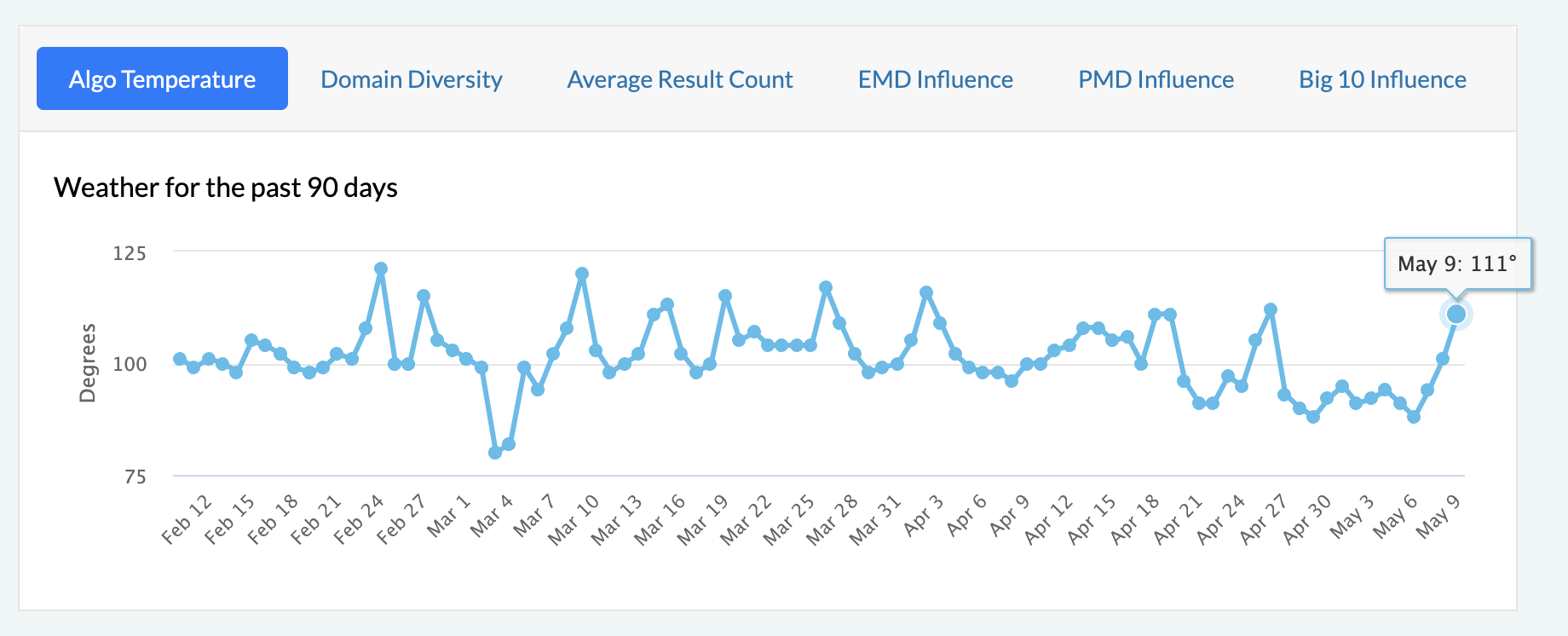
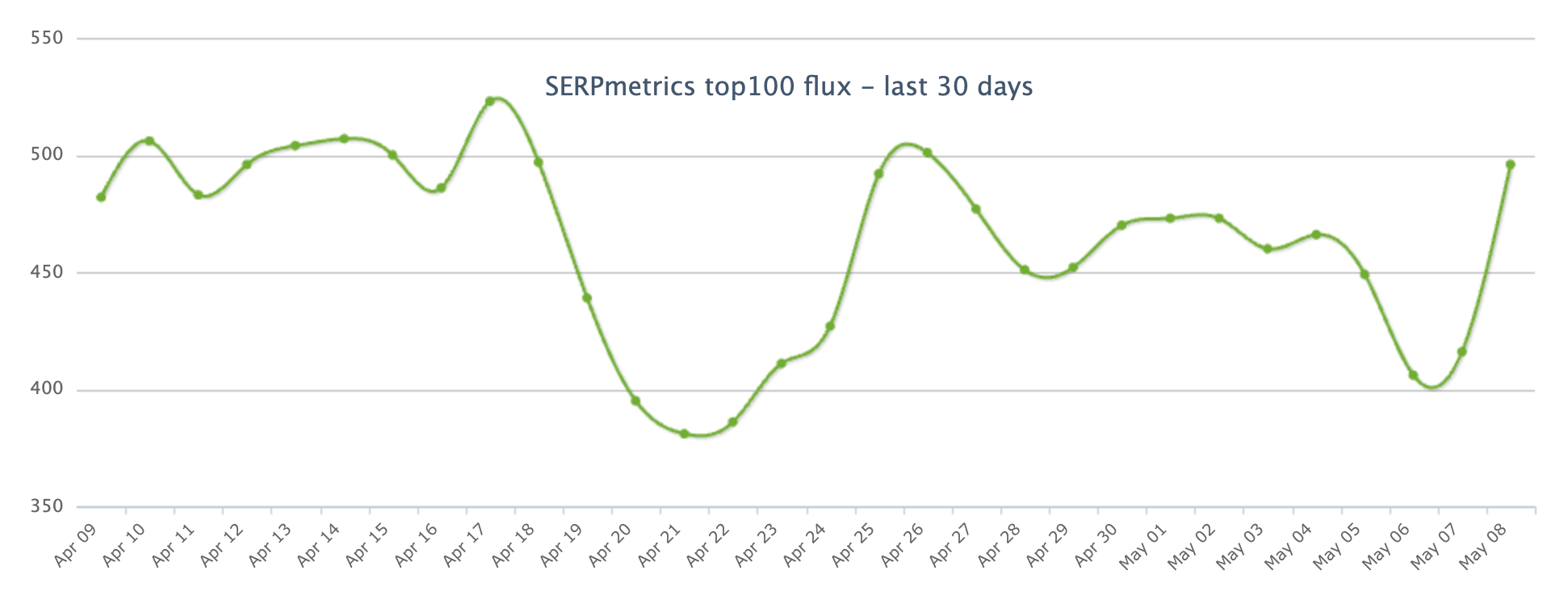
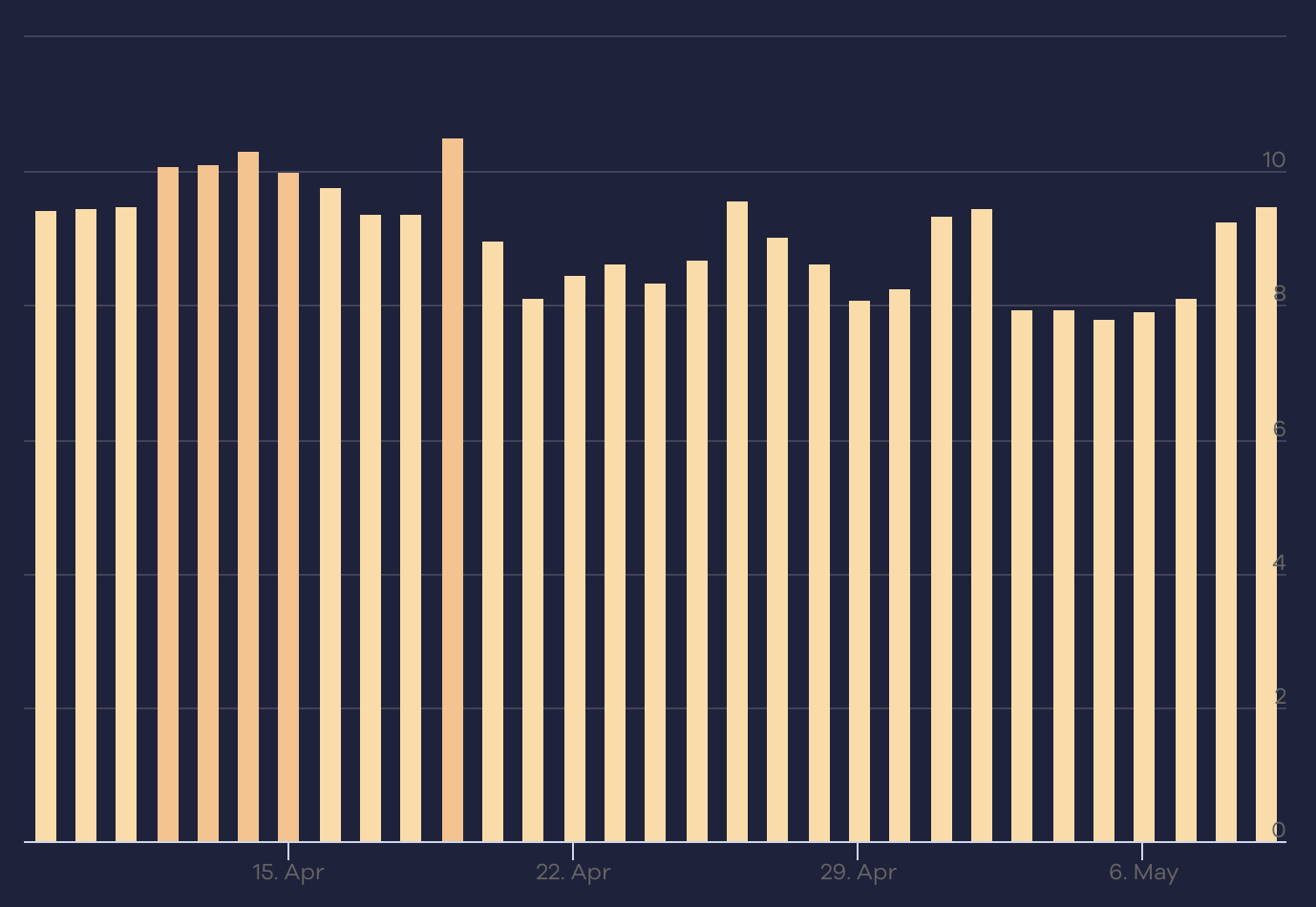



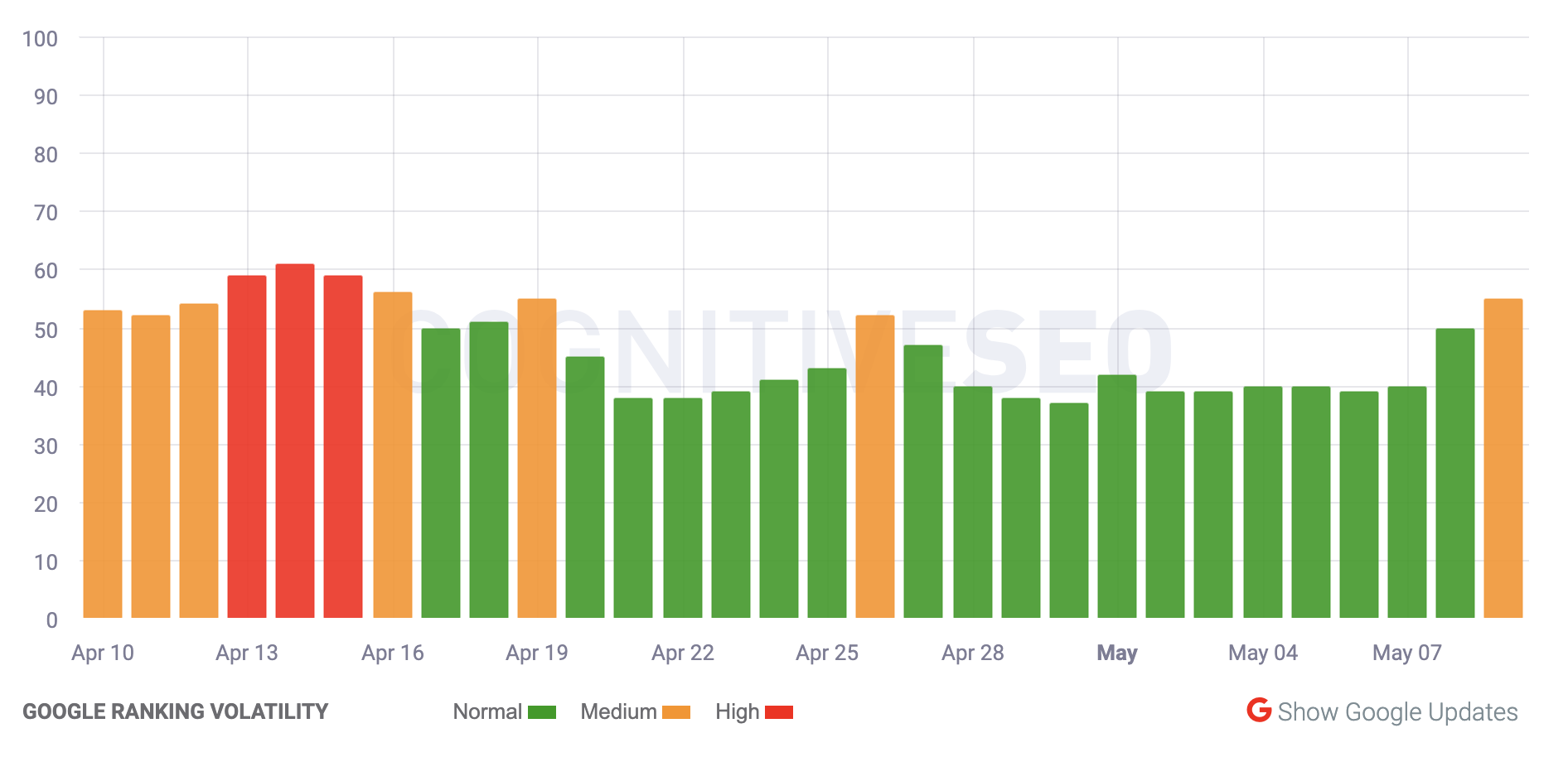
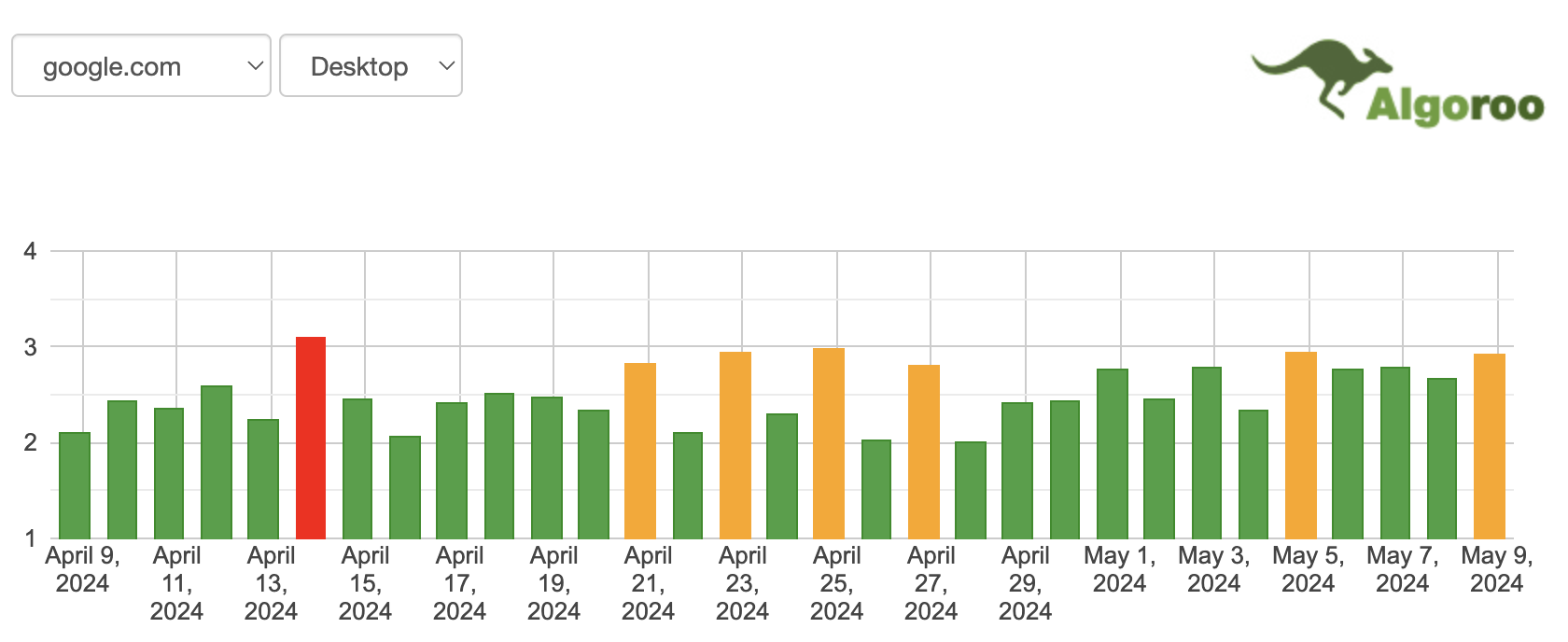
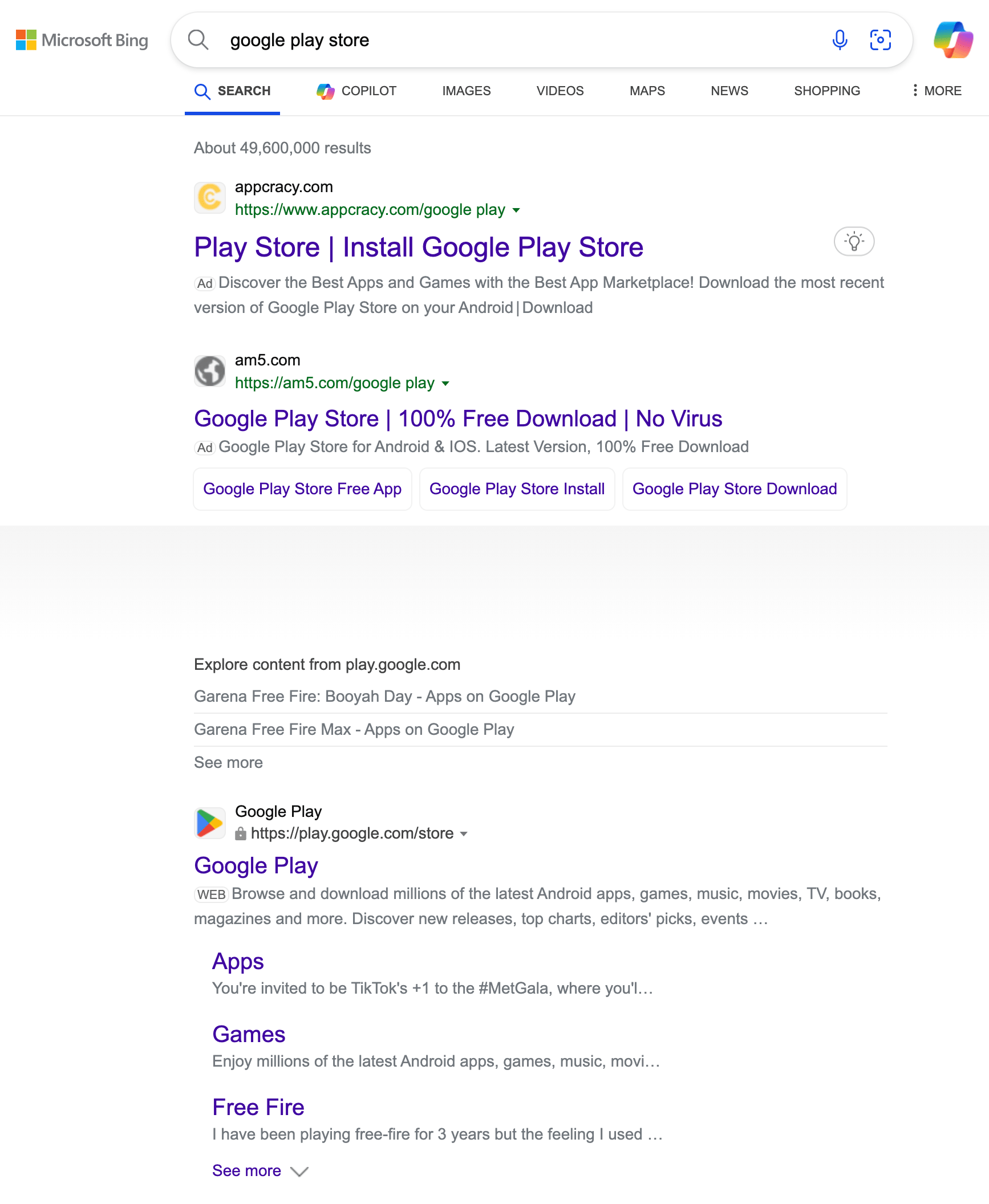


You must be logged in to post a comment Login